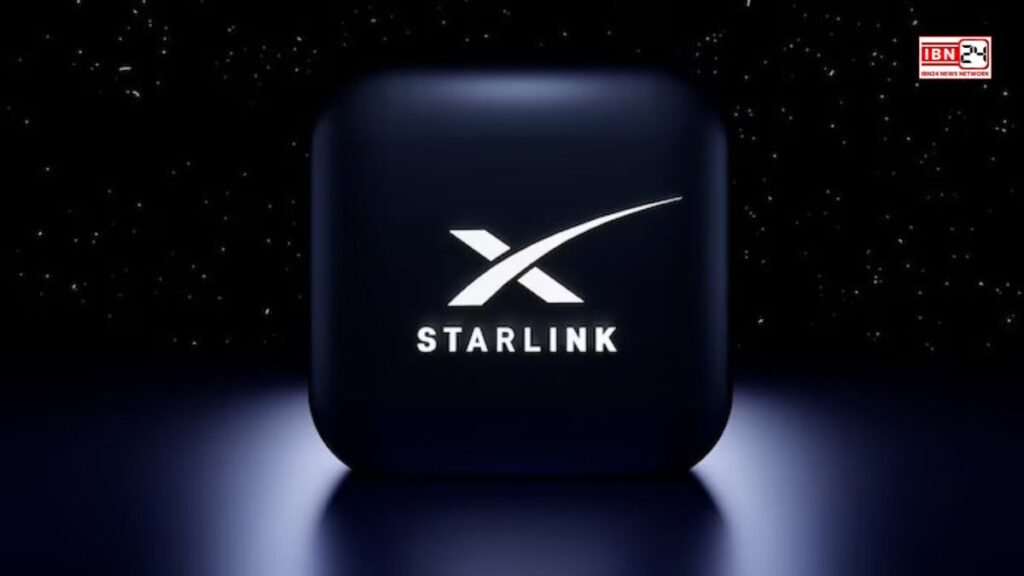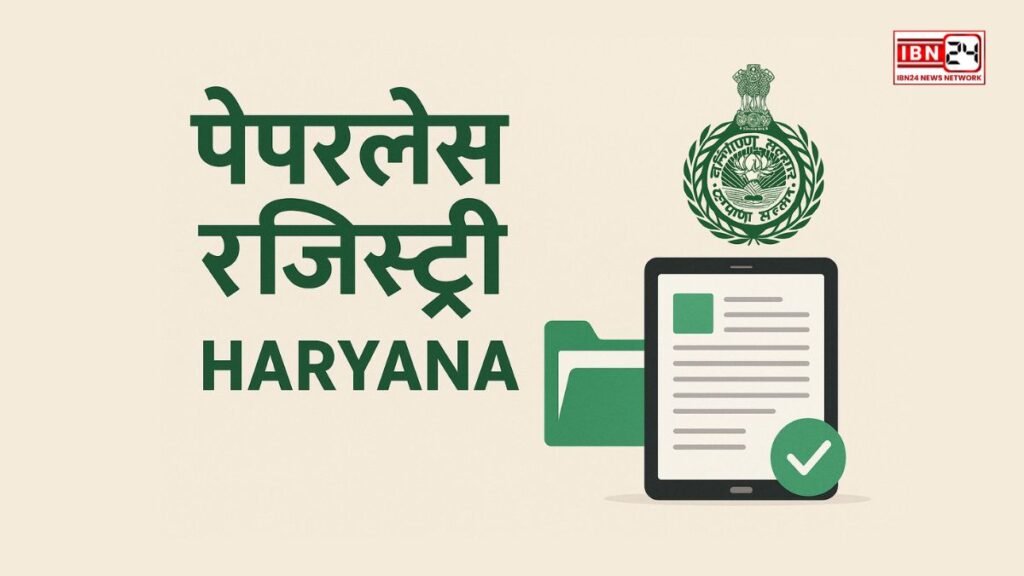सफर होगा और आसान: हरियाणा के शहर को मिलीं 5 नई इलेक्ट्रिक बसें
हरियाणा में सार्वजनिक परिवहन को आधुनिक और पर्यावरण-अनुकूल बनाने की दिशा में एक महत्वपूर्ण कदम उठाया गया है। हाल ही में, अम्बाला शहर को पांच नई वातानुकूलित (AC) इलेक्ट्रिक बसों की सौगात मिली है, जिससे शहर की लोकल बस सेवा में एक नया ‘करंट’ आ गया है। यह पहल न केवल यात्रियों के सफर को आरामदायक बनाएगी, बल्कि प्रदूषण मुक्त परिवहन के लक्ष्य को प्राप्त करने में भी सहायक सिद्ध होगी।

अम्बाला बना ‘ई-बस’ हब
सफर होगा और आसान: हरियाणा के शहर को मिलीं 5 नई इलेक्ट्रिक बसें, परिवहन मंत्री अनिल विज ने अम्बाला के नागरिकों को यह बड़ी सुविधा प्रदान की है। इन पांच नई बसों के जुड़ने से अब अम्बाला में लोकल रूट पर चलने वाली इलेक्ट्रिक बसों की कुल संख्या 15 हो गई है। इससे पहले, शहर में 10 ई-बसें सफलतापूर्वक संचालित हो रही थीं।
यह वृद्धि अम्बाला को हरियाणा के उन शहरों की श्रेणी में खड़ा करती है, जहां लोकल परिवहन व्यवस्था को महानगरों की तर्ज पर ईको-फ्रेंडली और आधुनिक स्वरूप दिया जा रहा है।
आरामदायक और प्रदूषण मुक्त सफर
इन इलेक्ट्रिक बसों की सबसे बड़ी खासियत यह है कि ये पूरी तरह से वातानुकूलित (AC) और प्रदूषण-मुक्त हैं। डीजल बसों की तुलना में ये बसें न केवल शून्य उत्सर्जन करती हैं, बल्कि ध्वनि प्रदूषण को भी कम करती हैं।
सफर होगा और आसान: हरियाणा के शहर को मिलीं 5 नई इलेक्ट्रिक बसें, यात्रियों को अब गर्मी और धूल से राहत मिलेगी, जिससे उनका दैनिक सफर अधिक सुखद और आरामदायक बन जाएगा। यह कदम शहर के वायु गुणवत्ता सूचकांक (Air Quality Index) को बेहतर बनाने में भी महत्वपूर्ण भूमिका निभाएगा।
यात्रियों की सुविधा के लिए आधुनिक इंफ्रास्ट्रक्चर
केवल बसें बढ़ाना ही नहीं, बल्कि यात्रियों के लिए प्रतीक्षा सुविधाओं को भी उन्नत किया जा रहा है। परिवहन मंत्री ने जानकारी दी है कि यात्रियों की सुविधा के लिए अम्बाला में 23 स्थानों पर आधुनिक बस क्यू शेल्टरों का निर्माण कार्य जारी है।
सफर होगा और आसान: हरियाणा के शहर को मिलीं 5 नई इलेक्ट्रिक बसें, इन नए शेल्टरों में यात्रियों के बैठने की आरामदायक व्यवस्था होगी, साथ ही गर्मी और बारिश से बचाव के लिए लाइट और पंखे की सुविधा भी उपलब्ध होगी। ये शेल्टर कैपिटल चौक, चुंगी चौक, डिफेंस कॉलोनी, सिविल अस्पताल, सुभाष पार्क, महेशनगर, नन्हेड़ा, बब्याल, दलीपगढ़ जैसे प्रमुख स्थानों पर बनाए जा रहे हैं। यह इंफ्रास्ट्रक्चर यात्रियों को एक व्यवस्थित और सुरक्षित प्रतीक्षा अनुभव प्रदान करेगा।
किन रूटों पर मिलेगी सुविधा?
सफर होगा और आसान: हरियाणा के शहर को मिलीं 5 नई इलेक्ट्रिक बसें, ये 15 इलेक्ट्रिक बसें अम्बाला शहर और अम्बाला कैंट के बीच के प्रमुख लोकल रूटों पर चलेंगी। इनमें से कुछ महत्वपूर्ण रूट निम्नलिखित हैं:
•अम्बाला शहर – अम्बाला कैंट
•अम्बाला शहर – सुभाष पार्क – नन्हेड़ा
•अम्बाला शहर – अम्बाला कैंट – महेशनगर – बब्याल – बोह
•अम्बाला शहर – अम्बाला कैंट – डिफेंस कॉलोनी – कलरहेड़ी – पंजोखरा साहिब
इन रूटों पर बसों की संख्या बढ़ने से यात्रियों को अब बसों के लिए कम इंतजार करना पड़ेगा और कनेक्टिविटी भी बेहतर होगी।
हरियाणा का ग्रीन मोबिलिटी मिशन
अम्बाला में इलेक्ट्रिक बसों की संख्या में यह वृद्धि हरियाणा सरकार के ग्रीन मोबिलिटी मिशन का हिस्सा है। सरकार का लक्ष्य है कि राज्य के प्रमुख शहरों में सार्वजनिक परिवहन को धीरे-धीरे इलेक्ट्रिक वाहनों में बदला जाए। यह न केवल केंद्र सरकार के FAME-II योजना के अनुरूप है, बल्कि राज्य को एक स्वच्छ और टिकाऊ भविष्य की ओर ले जाने का एक मजबूत प्रयास भी है।
निष्कर्ष
सफर होगा और आसान: हरियाणा के शहर को मिलीं 5 नई इलेक्ट्रिक बसें, सफर होगा और आसान: हरियाणा के शहर को मिलीं 5 नई इलेक्ट्रिक बसें, अम्बाला को मिलीं ये 5 नई इलेक्ट्रिक बसें केवल परिवहन का साधन नहीं हैं, बल्कि यह शहर के विकास और पर्यावरण संरक्षण के प्रति सरकार की प्रतिबद्धता का प्रतीक हैं। आरामदायक सफर, प्रदूषण मुक्त वातावरण और आधुनिक बस शेल्टरों का निर्माण अम्बाला के नागरिकों के जीवन की गुणवत्ता को निश्चित रूप से बेहतर बनाएगा। यह पहल अन्य शहरों के लिए भी एक प्रेरणा है कि वे कैसे अपने सार्वजनिक परिवहन को भविष्य के लिए तैयार कर सकते हैं।
Read also this Article : अमेरिका में 7000 से अधिक ट्रक ड्राइवर्स की नौकरी पर संकट: अंग्रेजी भाषा को लेकर कड़े मानक लागू
पल पल की खबर के लिए IBN24 NEWS NETWORK का YOUTUBE चैनल आज ही सब्सक्राइब करें। चैनल लिंक:https://youtube.com/@IBN24NewsNetwork?si=ofbILODmUt20-zC3
Instagram: https://www.instagram.com/ibn24newsnetwork/
Facebook: https://www.facebook.com/ibn24newsnetwork/
Twitter: https://x.com/IBN24Network?t=K1A8JK8CUwcgllMRYQNPOw&s=08


























